Calisthenics
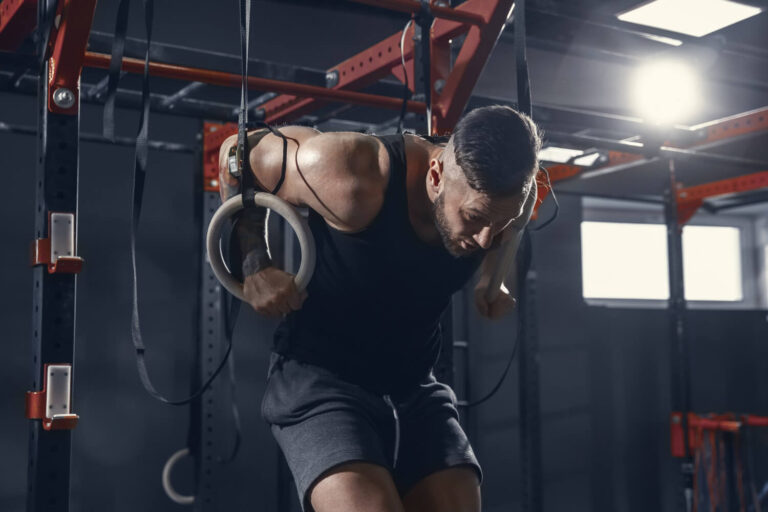
Calisthenics is the type of training that relies only on the body weight, that is the bodyweight acts as a resistance to the muscle. These are the best kind of functional training that builds strength, and endurance strengthens our ligaments, joints, and bones.
Basic Calisthenics exercises
1. Pushups:
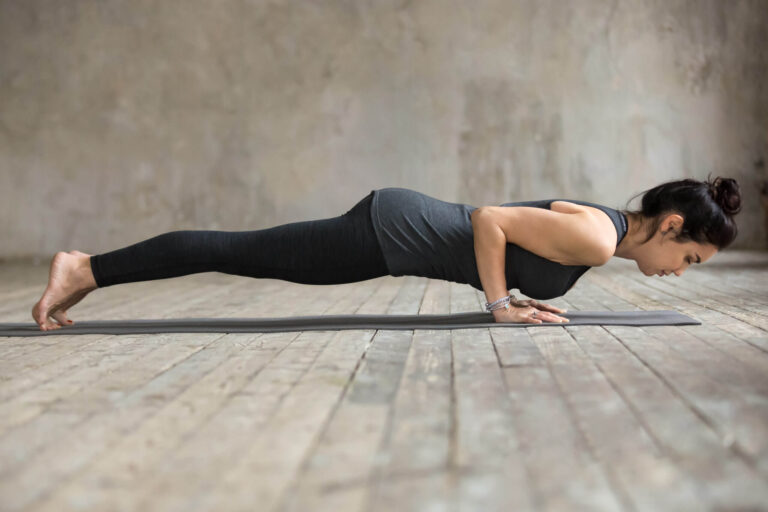
Pushups are one of the first exercises to start calisthenics with. They work on the muscles of the upper body muscles such as the chest, triceps, and shoulders. At the same time pushups help strengthen our core muscles such as abs, obliques, glutes, quads, etc. if you do it correctly.
2. Pullups:
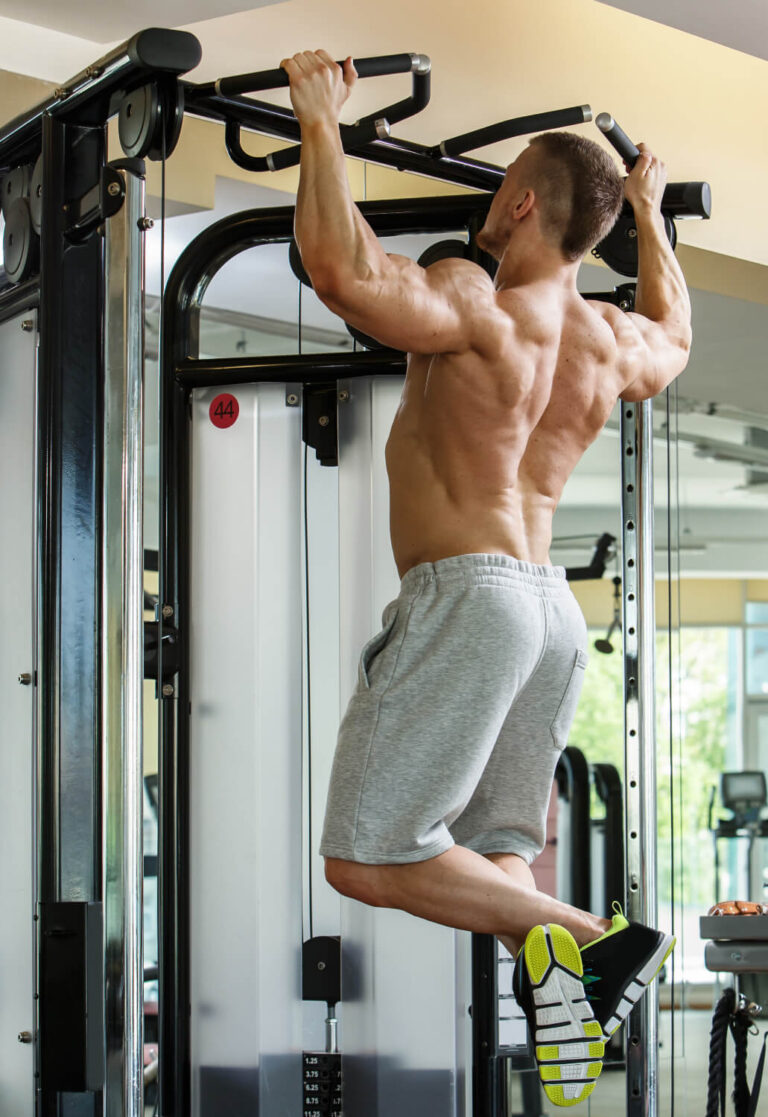
Pullups are the second exercise that strengthens the back, biceps, and forearm muscles. It makes the body posture great and it also increases the grip strength. Pullups are hard to do if you are a beginner, so you can try Australian pullups so that you add strength to your back before you do pullups.
3. Squats:
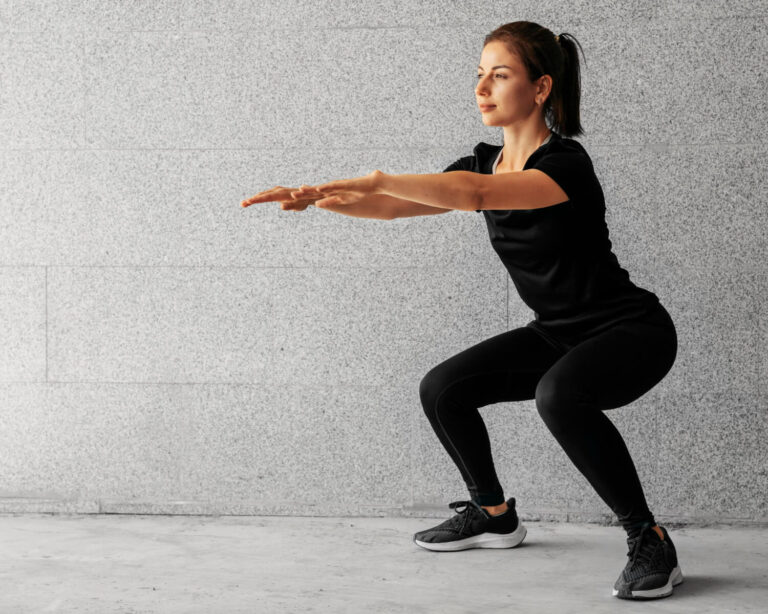
Squats are the exercises for our entire legs. The main muscle that is engaged in the basic squat is the quads(front of the thighs). There are variations of squats for targeting different muscles of the legs.
Sumo squats target the glutes(butt) and inner thighs, narrow squats target the outer thighs, one leg pistol squats target one whole leg putting more focus and weight on only one leg, split squats also do the same but the angle makes it harder.
4. Lunges:
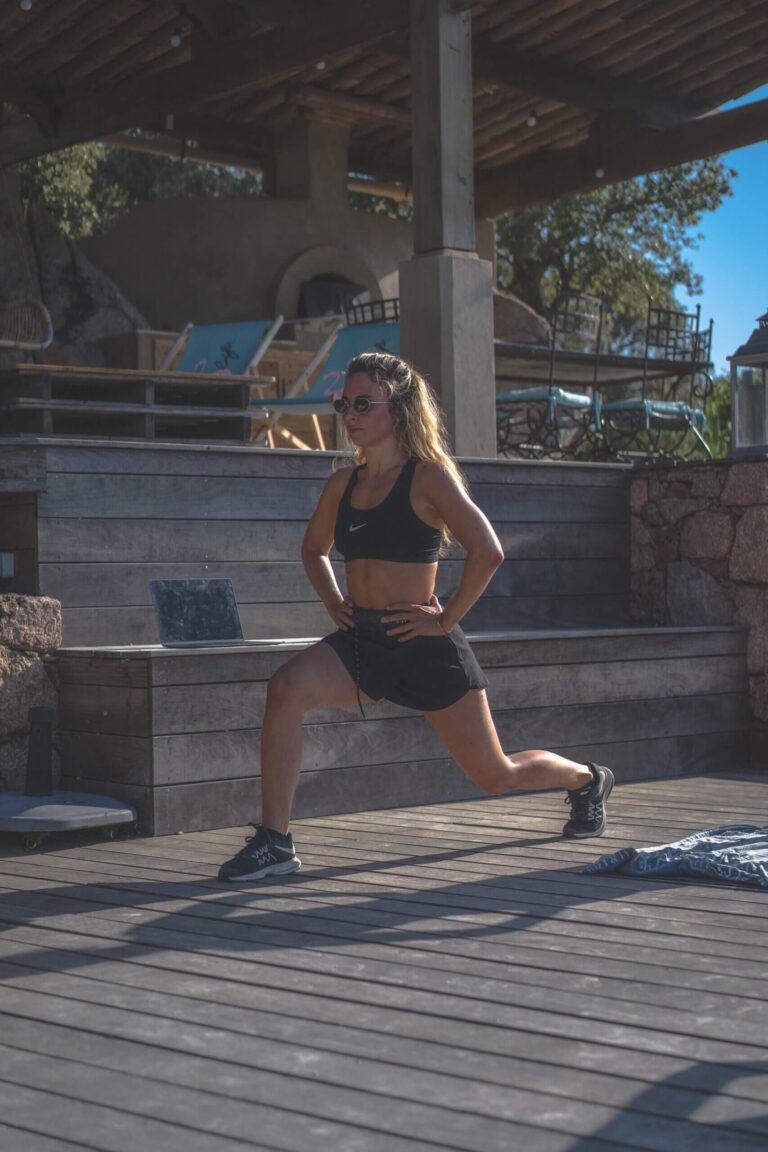
Lunges are the exercises to work the hamstrings(back of the thighs) and glutes. These also help grow the core. There are different variations of lunges such as one leg lunges, walking lunges, reverse lunges, elevated lunges, etc. This exercise will improve your game if you play games like badminton, tennis, football, or even running.
5. Dips:
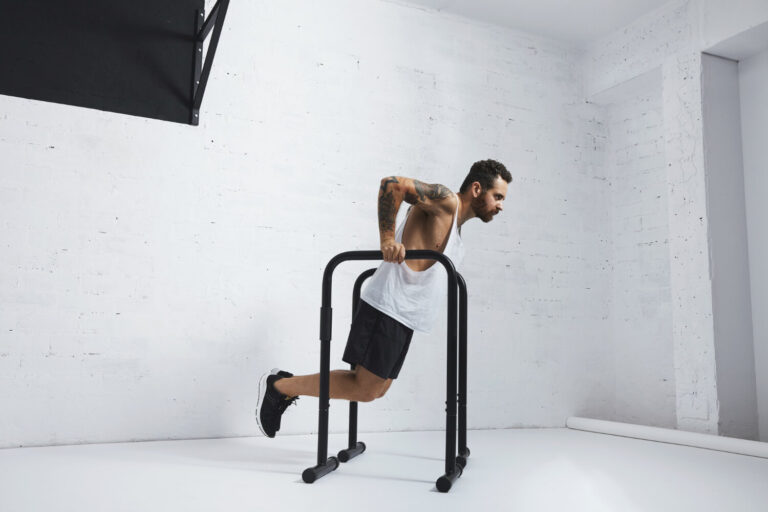
Dips are an upper body exercise for strength. A narrow grip trains triceps and front shoulders. A wide grip trains chest, especially the lower chest. There are also variations in this exercise that depend on the angle of the upper body. Dips give the chest and triceps a very good shape.
6. Crunches:

Crunch is an abdominal exercise that trains mainly abs and obliques to an extent. Crunches are the main abdominal exercises. There are variations for this exercise such as side-to-side crunches which target different core muscles.
Benefits of Calisthenics
1. Bodyweight training: Calisthenics use only body weight as resistance rather than using external weights. So, you can do these exercises anywhere any time. It’s not mandatory that you should use only your body as a resistance, but once you master the basic movements, you can use dumbbells or barbells, or resistance bands.
2. Functional training: Calisthenics is a functional training program that not only improves your muscles but also your joints, ligaments, tendons, and bones. So, you are a real-life fit if you practice calisthenics.
3. Low risk of injury: Here, there is comparatively less risk of getting hurt or injured because there are no weights involved, and the movements are compound. Whereas in weight training, the risk of dropping weights on the body, performing with the wrong forum, or getting blacked out will be there.
4. High endurance: The rep ranges in calisthenics are usually high, hence increasing muscle endurance. Whereas in weight training, the rep ranges are below 20 which focuses mainly on strength and size of muscle rather than endurance.
5. Compound movements: Calisthenics exercises have almost all compound movements that use almost full body every time. But weight training isolates the muscles and trains them separately.
6. More core engagement: Calisthenics engages the core in almost every exercise which makes the core very strong that you no longer need to do a lot of core exercises. More core strength leads to more body control which helps you in every real-life activity that you want to do.
Mistakes to avoid in calisthenics

1. Practicing difficult moves: Never try difficult moves or progressions before building basic strength. Calisthenics needs skill that develops with practice. So, gaining strength and endurance is important.
2. Overtraining: Choose a program that suits your current body status and lifestyle. Do not overtrain by doing too many exercises or reps in one go. This will only make you lose muscle and never reach your goal.
3. Bad range of motion: The range of motion is the most important in any type of training, especially calisthenics. Calisthenics needs the basic core muscle engagement and grip strength more, so go full range every rep every time.
The muscles get stiff and hard if you do not train them in full ranges of motion. To keep the muscles relaxed after the workout, you need to train them in a full range of motion.
4. Not using eccentric action: If you are practicing a move, and you can only do a few reps or no reps at all, try doing eccentric actions on those exercises. Eccentrics will help you gain strength by which you can do more reps on the same exercise.
5. Using too much momentum: Do not use momentum in any exercise. You will be doing only the reps, but there will be less or no muscle engagement. If you want to train any muscle or progress in any movement, you have to do the exercise without momentum.
6. Training to failure: Do not train to failure in every single exercise. Training to failure will burn your muscle leading to loss of muscle than fat loss. You can do reps till failure in the last set of one or two exercises or movements in which you are perfect.
